SILVER-LUG Blog — アンティーク全般
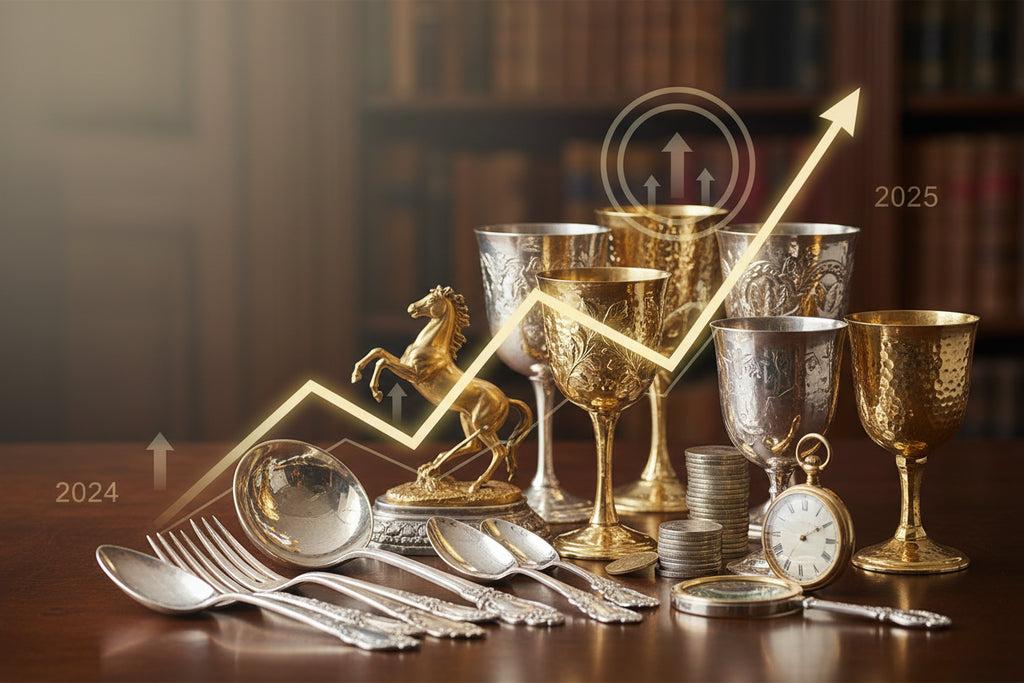
Gold and silver prices will soar in 2025
Posted by WATANABETAIGA
In 2025, news and newspapers reported every day that the prices of gold and silver had reached new highs, and I feel that this was a year in which precious metals as physical assets gained attention, even among people who had not previously been familiar with antiques.
I would like to organize the background of the price fluctuations that occurred in 2025 and explore how they relate to the market price of antique products.
Gold and silver prices will soar in 2025
Posted by WATANABETAIGA

Why Sterling Silver is Described as Pure Silver in Japan
Posted by WATANABETAIGA
In the Japanese antiques industry, sterling silver is often referred to as "pure silver."
Chemically speaking, pure silver refers to silver with a purity of 99.9% or more, while sterling silver is an alloy with a silver content of 92.5%.
The use of the term "pure silver" in the Japanese antiques industry is not simply a misuse of terms; there is a deep reason for it, based on hundreds of years of Western history and the cultural background of Japan's acceptance of Western silver.
Why Sterling Silver is Described as Pure Silver in Japan
Posted by WATANABETAIGA
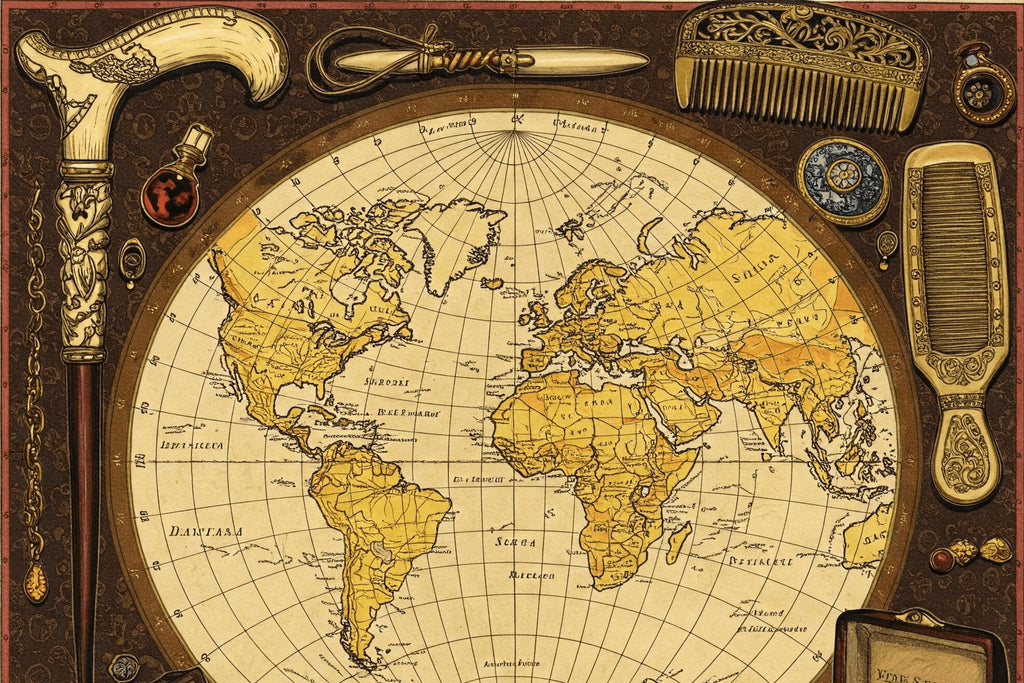
CITES and Antiques
Posted by WATANABETAIGA
Some antique items contain materials whose use or import is restricted under current law.
One such regulation is an international treaty called the "CITES," which has made it very difficult to import antiques made from ivory, tortoiseshell, etc.
In this article, we will explain the contents of the Washington Convention and the materials that are prohibited there.
CITES and Antiques
Posted by WATANABETAIGA
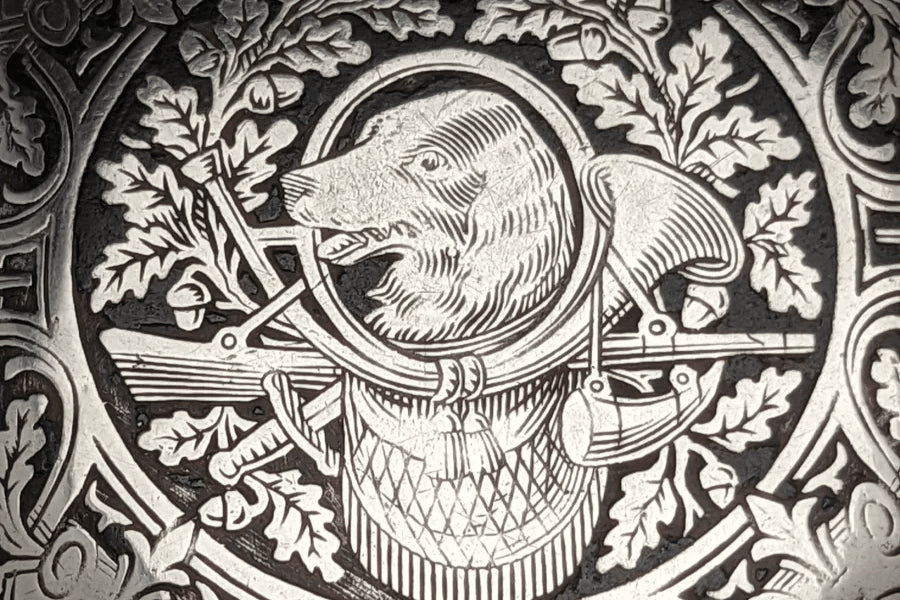
The Black Contrast that Embellishes Silver Products: The Charm of Niello Inlay
Posted by WATANABETAIGA
There are various decorative techniques used in antique silverware, including one called "niello inlay."
"Niello" is a Latin word meaning "black," and it is a decorative technique that creates a beautiful contrast between silver and black.
In this article, we will explain in detail about "Niello inlay," including its appeal, techniques, and history.
The Black Contrast that Embellishes Silver Products: The Charm of Niello Inlay
Posted by WATANABETAIGA
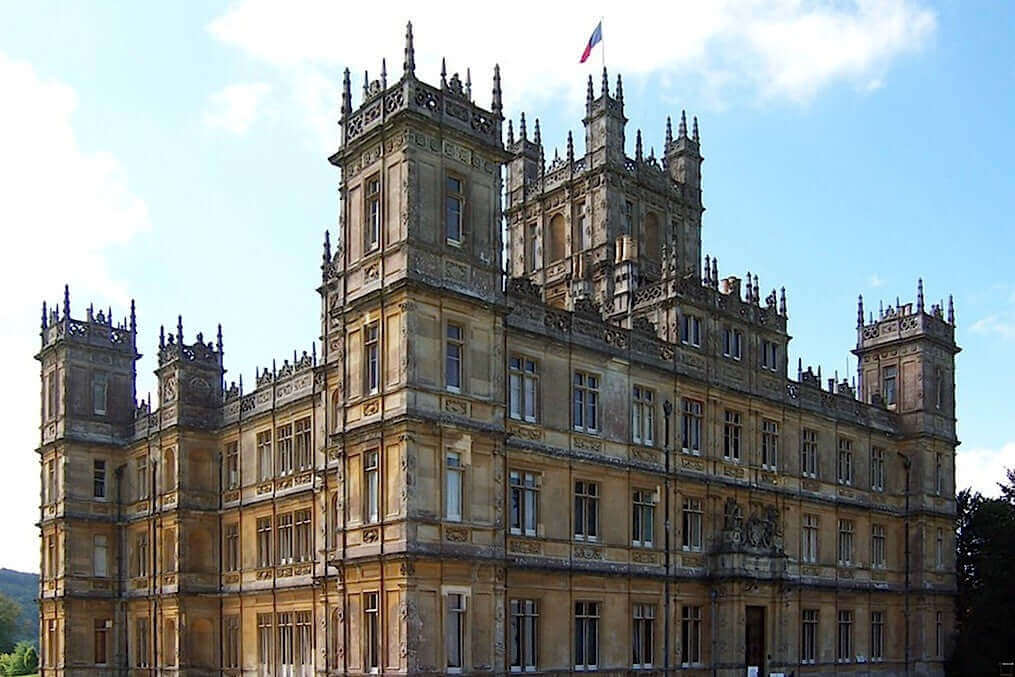
The decline of the British aristocracy and antiques
Posted by WATANABETAIGA
When you hear "British antiques," you probably think of something that is reserved for the aristocracy . The great British antiques developed greatly due to the demand and patronage of the British aristocracy, who flourished in the 19th century. In the early 20th century, the British aristocracy began to decline.
The decline of the British aristocracy and antiques
Posted by WATANABETAIGA
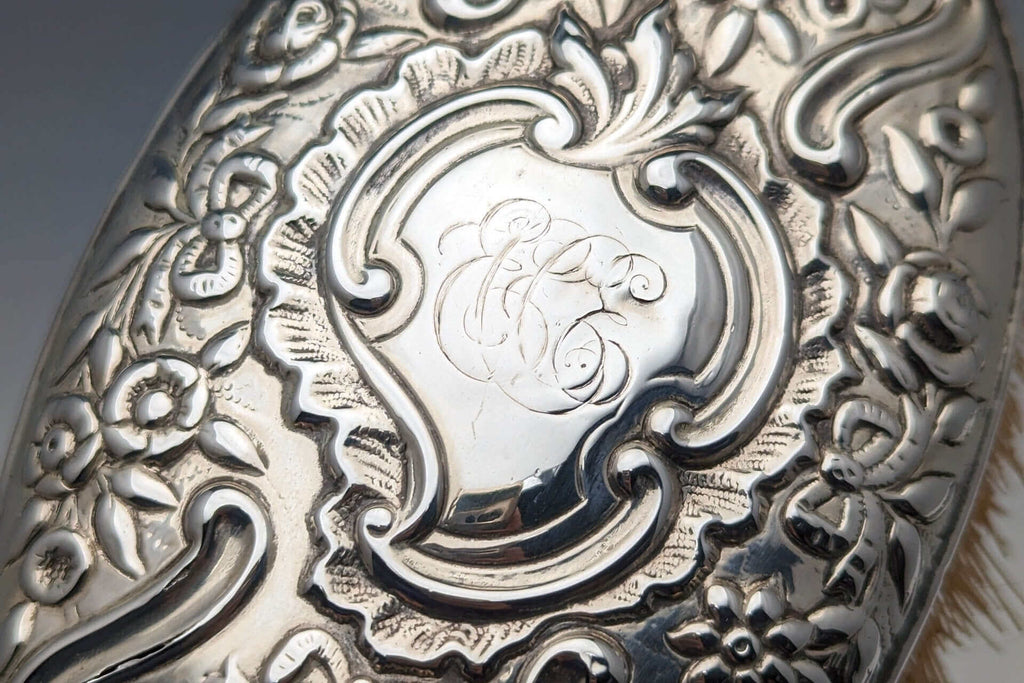
Antique decoration "cartouche"
Posted by WATANABETAIGA
This is a general term for oval, shield-shaped, and other "border decorations," and is seen in a variety of European decorative arts, including architecture, painting, and crafts.
Antique decoration "cartouche"
Posted by WATANABETAIGA

Relationship between gold and silver market prices and antique market prices
Posted by WATANABETAIGA
I'm sure many of you have heard the news that the price of gold has been rising over the past few years, but the international price of silver has similarly skyrocketed. I will talk about the relationship between the gold and silver market and the antique market (mainly antique silver).
Relationship between gold and silver market prices and antique market prices
Posted by WATANABETAIGA
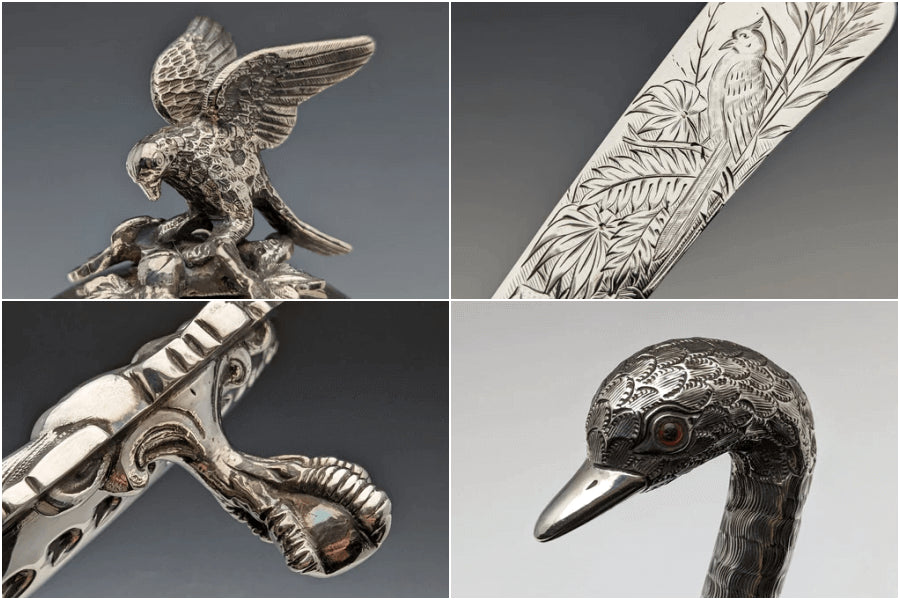
Antique decoration with "bird" motif
Posted by WATANABETAIGA
In particular, many of the European antiques from around 1900 that we carry in our store feature birds as decorative motifs .
Antique decoration with "bird" motif
Posted by WATANABETAIGA
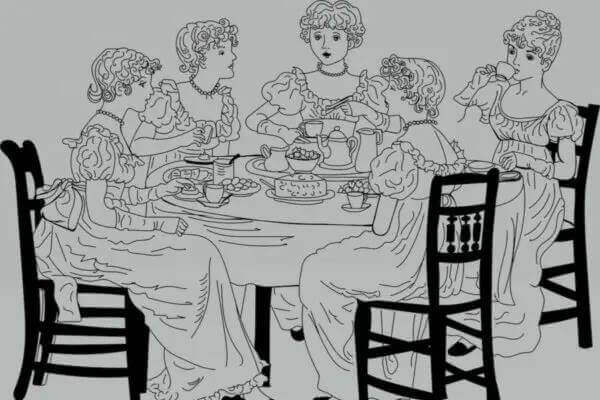
British afternoon tea
Posted by WATANABETAIGA
In Japan, there are drinks called "Gogo-no-Kocha" and chain cafes called "Afternoon Tea" that are popular.
In Britain, which actually leads the world's tea culture, tea is a custom that can be said to be part of life.
British afternoon tea
Posted by WATANABETAIGA

Periodization of British Antiques
Posted by WATANABETAIGA
Period division is a term used to classify antiques according to the year of manufacture. Britain's eras are named after the king who ruled over them.
Since it greatly reflects the background of the era and the tastes of the king at that time, the style changes with each era.
Periodization of British Antiques
Posted by WATANABETAIGA


